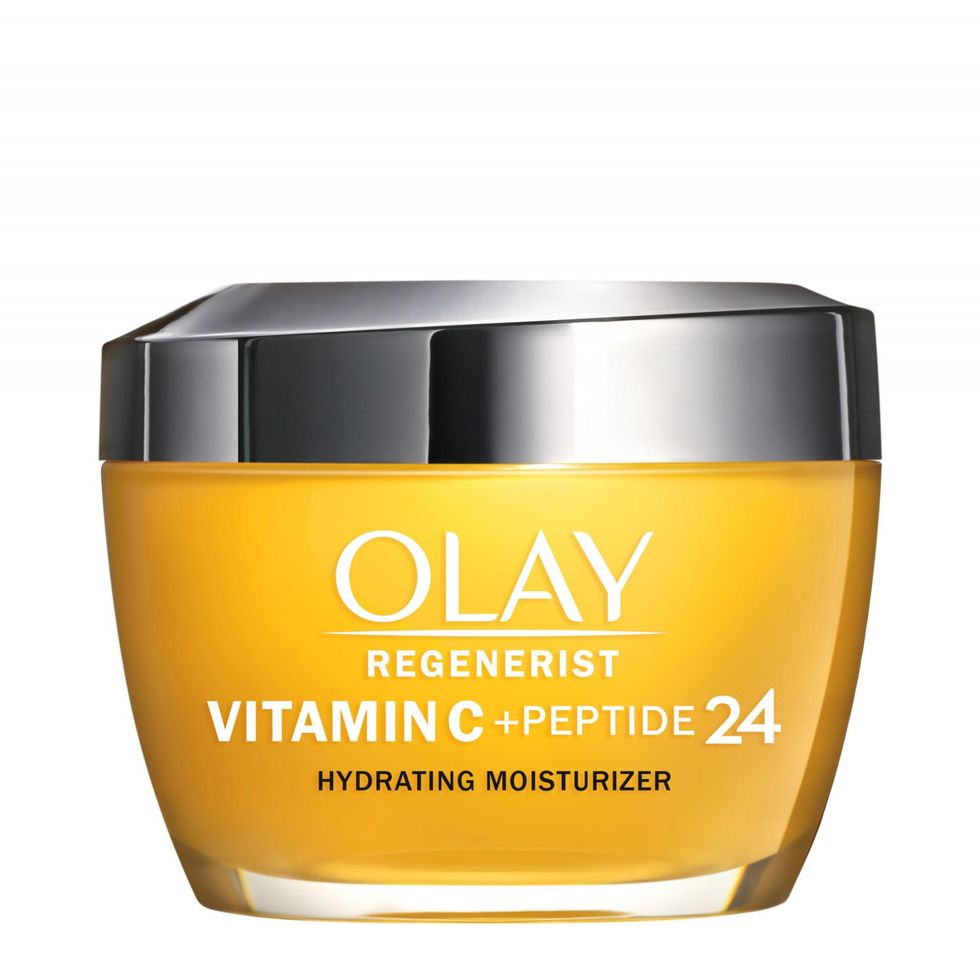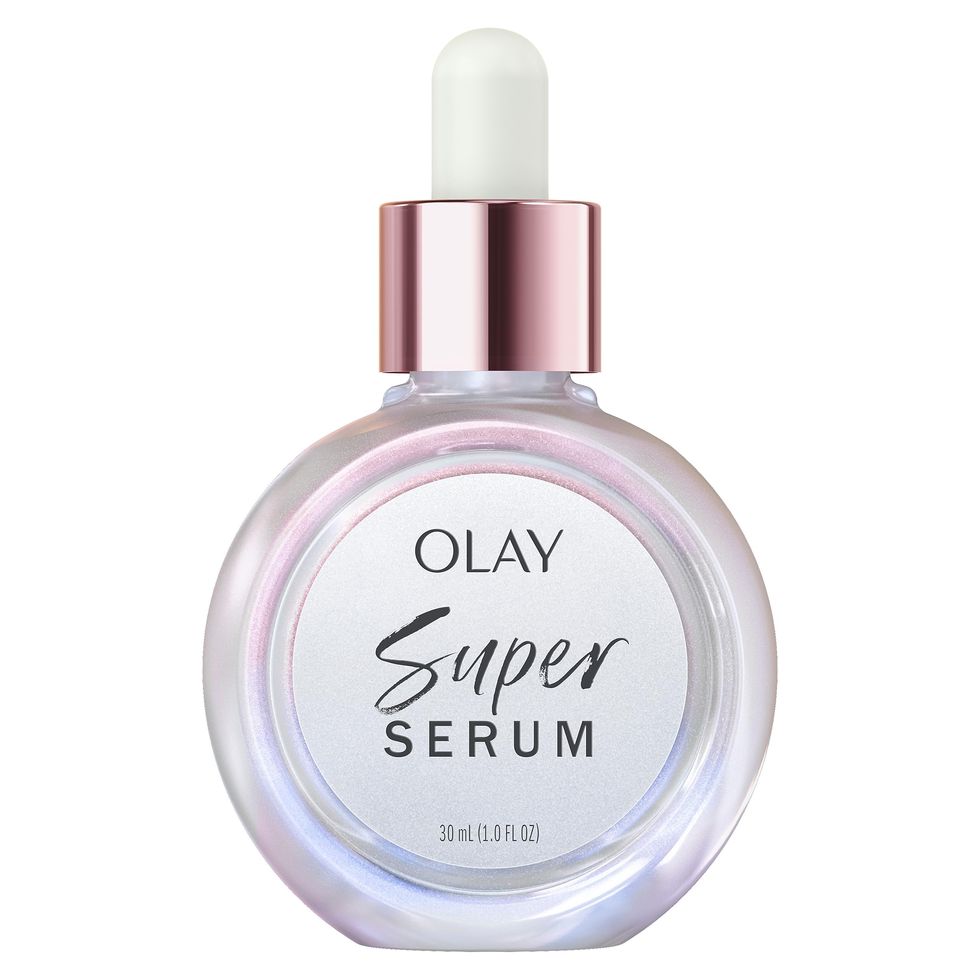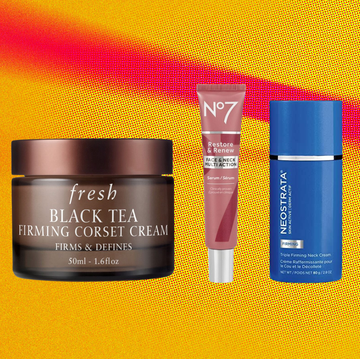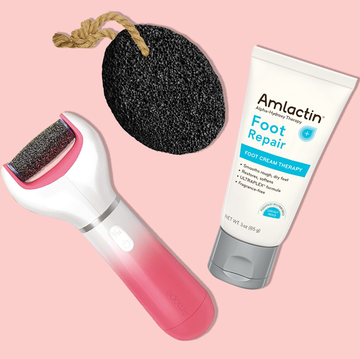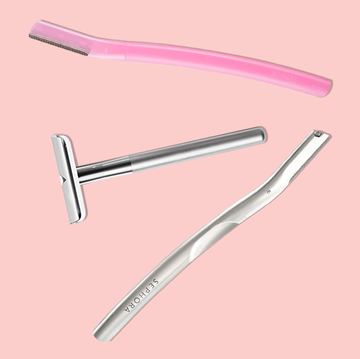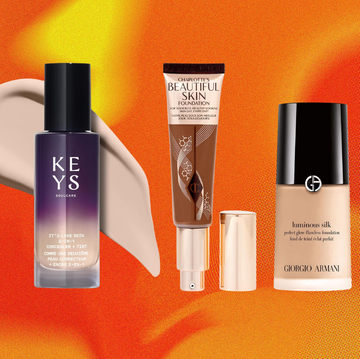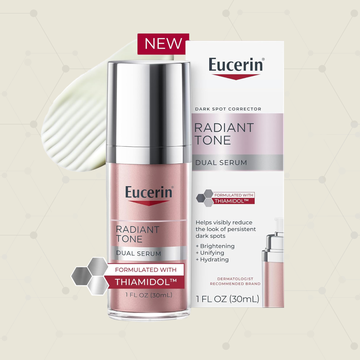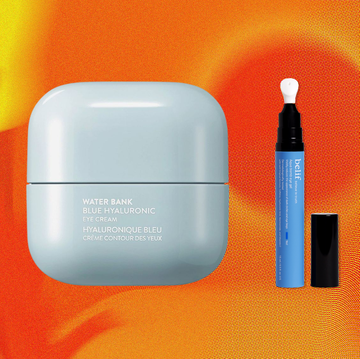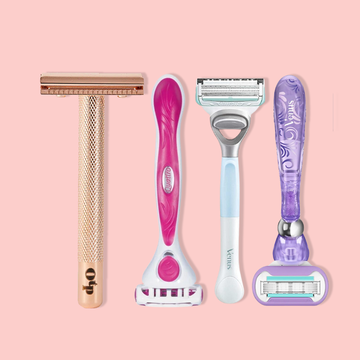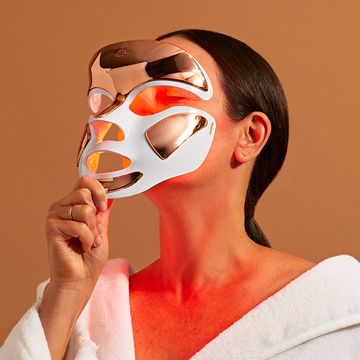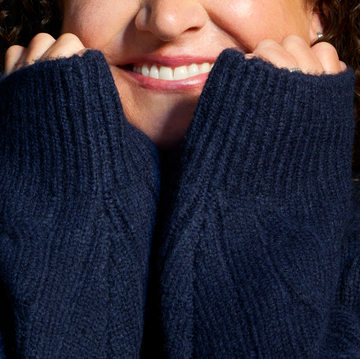If you're on the beauty side of TikTok or Instagram Reels, you may have seen a little bar of orange soap pop up on your feed lately. Bright in color and promising skin-brightening effects, these orange soaps contain kojic acid and they're the newest craze that's taken the beauty world (and the internet) by storm.
However, this trendy soap isn't all that it's made out to be. Our scientists in the Good Housekeeping Institute Beauty, Health & Sustainability Lab say this buzzy skincare trend doesn't live up to the hype. In reality, the assertions that kojic acid soap can enhance your skin brightness are doubtful. Before you swear off including kojic acid in your skincare routine forever, our experts say the ingredient has skin-brightening benefits, but it's the soap that we do not recommend.
Ahead, read more about what this mysterious ingredient is and what you should use instead of kojic acid soap to brighten dull skin.
What is kojic acid?
First and foremost: what exactly is kojic acid? And why do people want it in soap? In short, kojic acid is an ingredient that is used as a skin lightening agent in cosmetics. Like many skincare ingredients, kojic acid can be found in nature or chemically synthesized. "Several species of fungi, particularly Aspergillus oryzae, naturally produce koji acid, but this organic compound can also be synthesized either by biological fermentation of carbohydrates or chemical synthesis," says Sabina Wizemann, Director of the Beauty Lab at the GH Institute.
How does kojic acid brighten the skin?
Scientific research shows that kojic acid is an ingredient that inhibits tyrosinase, which is an enzyme responsible for melanogenesis. In simpler terms, kojic acid reduces the production of melanin, which has some pros and cons. For starters, Wizemann says reducing melanin synthesis can help even skin tone, minimize dark spots, lessen hyperpigmentation and reduce melasma. Unfortunately, there's no rose without a thorn. Kojic Acid can make your skin more sensitive to UV rays, so be sure to keep that in mind when using this ingredient (more on the risks below)
Beyond brightening the skin, kojic acid can also provide antioxidant properties and mild antimicrobial benefits. One study shows that kojic acid is beneficial for reducing bacterial growth and acne, while another study shows that antioxidants can protect the skin from damage caused by free radicals like smog, dust and more.
Here's why we do not recommend buying kojic acid soap
You may be wondering: "All of those benefits sound great! Why not slather it on my skin with a bar of soap every day?" Don't worry, I had the same questions. However, the experts in the Beauty Lab adamantly agreed with one another: kojic acid soaps will likely have no real brightening effects. Here are the main reasons why our scientists say this buzzy skincare trend has no real merit:
The ingredient is rinsed off your skin
Unlike serums and creams, soap is immediately washed off your skin after you lather it on. "Since soaps are rinse-off products, the contact time is too short for proper penetration of kojic acid, which can block the tyrosinase enzyme and halt melanin production," Wizemann says. This means all of the kojic acid that is getting lathered onto your skin is not being absorbed, so it cannot properly do its job.
Soap does not allow for a precise application
Another drawback of soaps is you apply them all over the body or face, but you cannot target specific areas to directly penetrate the skin and deliver benefits. This is an issue with kojic acid specifically because kojic acid is water-soluble, which means it can quickly dissolve in water. Wizemann explains that this can limit deep penetration, and says "it is unstable when exposed to air or light or higher pH, such as in soaps that are usually more alkaline than serums and creams."
To reap the benefits of kojic acid, Wizemann says you must ensure you are adequately applying the ingredient via the correct formulation. "An appropriate environment (like low pH), combination with other ingredients that enhance penetration and proper contact time with skin are all essential for it to be beneficial," she explains. Soap with kojic acid as one of the many ingredients does not provide this appropriate environment nor does it allow for precise application that will penetrate into the skin.
Plus, kojic acid isn't a great fit for everyone
While the Cosmetic Ingredient Review concluded that kojic acid is a safe ingredient when it is a concentration of up to 1% in leave-on cosmetics, those with sensitive skin may experience some negative side effects while using any product with kojic acid. Washing your skin with kojic acid soap every day (or even twice a day) can potentially be too drying or irritating for some people. "Depending on concentration and prolonged use, it may cause redness, tightening, dryness and irritation, particularly in individuals with sensitive skin or those prone to eczema," Wizemann says.
Whether you have sensitive skin or not, kojic acid can also increase skin sensitivity to UV rays. This can make you more prone to sunburns, so you'll have to be extra careful with applying effective sunscreen with at least SPF 30 every day on exposed skin.
Are there any benefits to using kojic acid soap?
So, if kojic acid soap is not significantly effective at brightening your skin, then why are there tons of posts on social media saying that it will? And is it dangerous for everyone to be trying this skincare trend?
While we can't explain why one trend blew up in popularity over another, keep in mind that certain formulas can still have benefits for your skin — the kojic acid itself isn't the key ingredient that's delivering those benefits, though. "It is important to remember that all products contain multiple ingredients, and the synergy among them gives a product its efficacy and benefits," Wizemann explains.
In fact, most soaps marketed as "kojic acid soaps" also include exfoliating agents with cleaning properties. Wizemann says that these ingredients can be beneficial for larger areas (like the back and chest) because they help slough off dead skin, minimize acne, contribute to smoother skin and minimize dark marks. That means the soap may make your skin seem a bit brighter over time, but it's not due to the kojic acid nor will it have the same level of effectiveness as certain serums or creams.
So, while we may not recommend that you run to the store and purchase a bar of kojic acid soap, it's not dangerous to try one or you can continue to use it if you already bought a bar. Just be sure to check that it was approved by the Food and Drug AdministratioN (FDA) first. You can find out if a product is FDA-approved by searching for the product on the the Drugs@FDA database or by checking the FDA "Orange Book," which contains FDA-approved brand name and generic name drugs.
Here's what we recommend you use for skin brightening instead
While we're not the biggest fans of the kojic acid soap trend, we do think this ingredient (along with others) in serums and creams can make for a great addition in your skincare routine. "Kojic acid is often found in serums and creams alongside other brightening actives such as niacinamide, vitamin C and arbutin," Wizemann says. Rather than following suit on the kojic acid soap trend, our scientists in the Beauty Lab recommend incorporating it into your skin routine via serums, peels and creams.
If you're looking for more brightening skincare or dark spot corrector products that don't necessarily include kojic acid, our chemists recommend using vitamin C serums and products with niacinamide, which is a form of vitamin B3 that helps brighten and even skin tone. Below are some top-tested products that we recommend instead of kojic acid soap for real, brighter results:
Keep in mind that seeing visible results will not happen overnight, even with these tried-and-true products. Wizemann says it may take one to two weeks for short-term effects like mild brightening and four to 12 weeks for significant, noticeable improvement.
For more information, you can check out our expert-approved skincare ingredient dictionary that outlines all sorts of ingredients, their benefits and instructions for use.
Why trust Good Housekeeping?
The scientists in the Good Housekeeping Institute Beauty Lab test all sorts of skincare products, including serums, creams, cleansers and more. Beauty Lab Director and cosmetic chemist Sabina Wizemann has conducted and overseen testing of beauty products at the GH Institute for more than 12 years. Prior to joining GH, she worked in the pharmaceutical and personal care industries as a chemist for more than 16 years.
Assistant Commerce Editor Isabella Cavallo is the author of this article. She has years of experience writing reviews of skincare products and covering health-related topics. She consulted Wizemann and researched scientific studies to write this story.
Sabina (she/her) is the director of the Beauty, Health & Sustainability Lab at the Good Housekeeping Institute, where she has overseen skincare, haircare and makeup testing since 2012. She also reviews applications, substantiates claims and evaluates products for the GH Seal and the Beauty Awards and Sustainability Awards programs. She has a B.S. in chemistry from Ithaca College and more than 16 years of experience working in the pharmaceutical and personal care industries.





